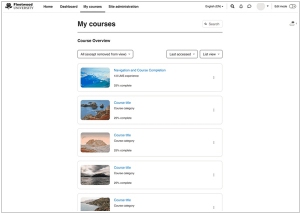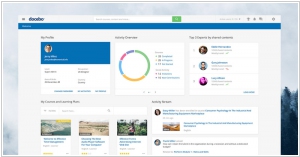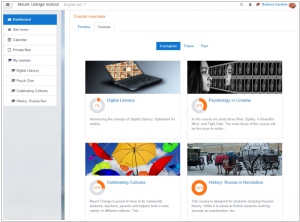Docebo vs Moodle
June 05, 2023 | Author: Adam Levine
Docebo and Moodle are both popular learning management system (LMS) platforms, but they differ in their approach, features, and target audience. Docebo is a commercial LMS that provides a comprehensive set of tools for creating, delivering, and managing online learning content. It emphasizes a user-friendly interface, advanced features like social learning and gamification, and extensive reporting capabilities. Docebo is designed for medium to large organizations that require a scalable and customizable learning platform. On the other hand, Moodle is an open-source LMS known for its flexibility and community-driven development. It offers a wide range of features, including course creation, assessments, forums, and collaborative tools. Moodle is popular among educational institutions and organizations seeking a highly customizable and cost-effective solution.
See also: Top 10 e-Learning software
See also: Top 10 e-Learning software
Docebo vs Moodle in our news:
2022. Moodle 4.0 gets radical redesign

Open source eLMS system Moodle has recently unveiled version 4.0, introducing exciting enhancements to the user experience that promise to make Moodle simpler and more enjoyable to use. In response to valuable feedback gathered from the Moodle Community, a comprehensive redesign has been implemented with a focus on improving navigation throughout the platform. The new design of Moodle 4.0 features a modern and visually appealing set of primary and secondary menus, offering a clear and intuitive user interface. The primary changes primarily revolve around navigation, aiming to streamline the user's ability to navigate the Primary and Secondary Menus, easily access course materials, and efficiently manage their courses. Notably, the UX improvements include the adoption of tabs in the updated Primary horizontal menu, along with the addition of a dedicated "My Courses" menu item, allowing Moodle users to quickly identify the most important aspects relevant to them. Importantly, the primary menu remains customizable, enabling the inclusion of personalized menu items as standalone entries or dropdown categories. These enhancements are designed to deliver a consistent user experience across all devices, ensuring that users enjoy the same upgraded interface whether they access Moodle through desktops, tablets, or mobile devices.




